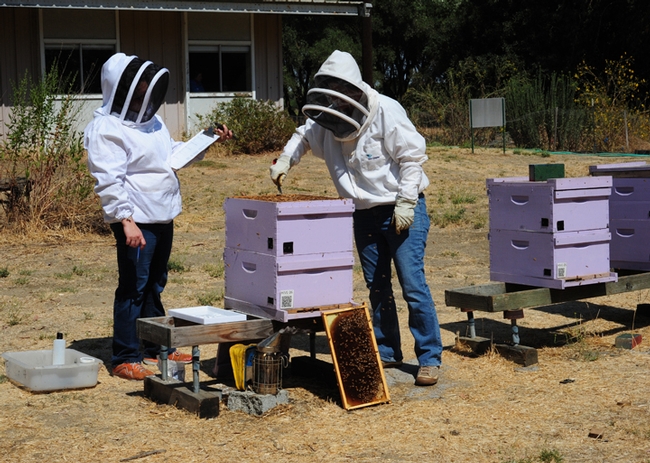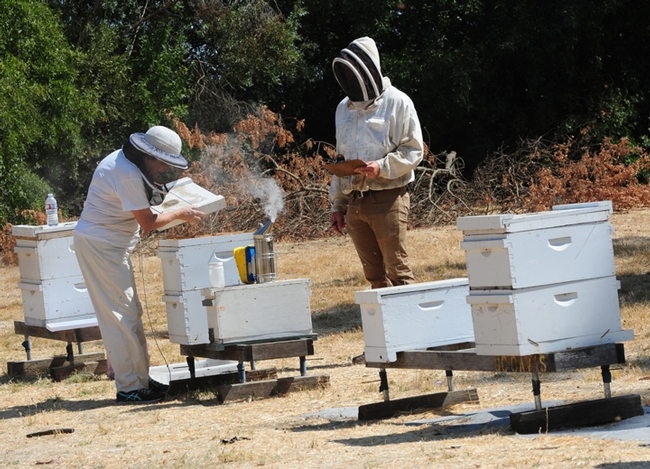- Author: Kathy Keatley Garvey
When a house is a home...
Take the case of a syrphid fly, aka hover fly or flower fly. It's a cold and windy day, and it's tucked in the folds of a rock purslane, Calandrinia grandiflora, in Vacaville, Calif.
It's sipping nectar, and rotating its colorful little body to gather more nectar and glean more sun.
The syrphid fly is often mistaken for a honey bee. Both are pollinators.
Three of the easiest ways to differentiate a fly from a bee:
- A fly has one set of wings. A bee has two sets.
- A fly has short, stubby antennae. A honey bee doesn't.
- A fly has no corbicula or pollen basket. A honey bee (worker bee) does.
Last year Joanna Klein posted an interactive feature in the New York Times, wondering how we can save the bees if we don't recognize them. She asked "Can You Pick the Bees Out of This Insect Lineup?" and posted an image of bees and wanna-be bees.
Find the flies.
And then access a PDF on flower flies on the UC Agriculture and Natural Resources website to learn more about them. Authored by lead author/entomologist Robert Bugg, it's titled "Flower Flies (Syrphidae) and Other Biological Control Agents for Aphids in Vegetable Crops."
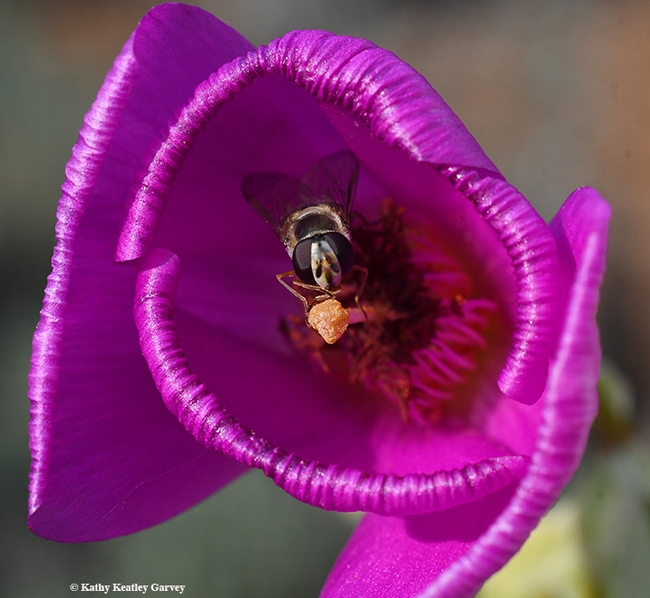
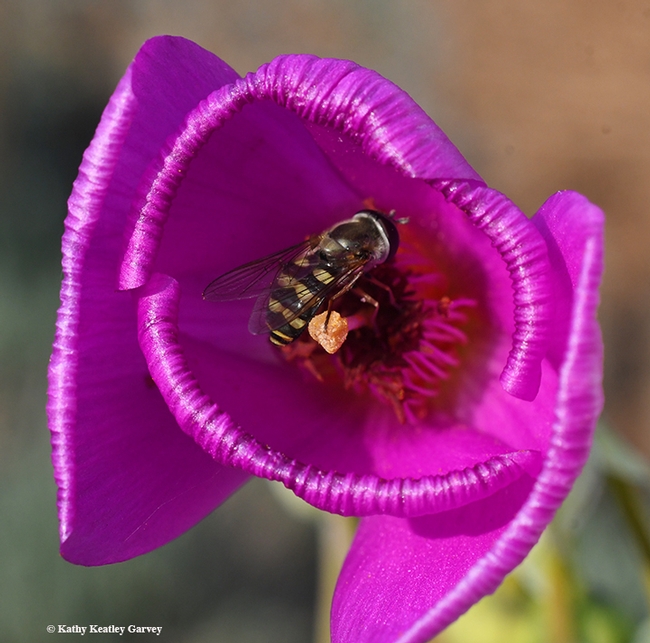
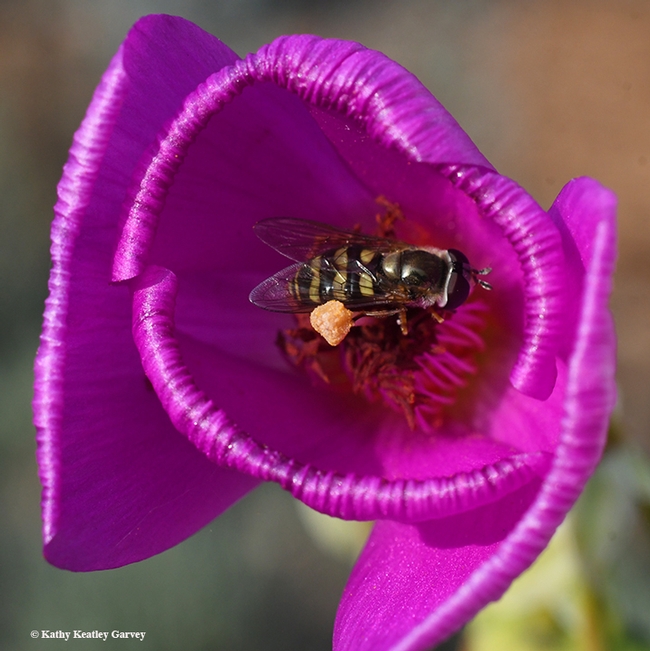
- Author: Kathy Keatley Garvey
So here's this male longhorned bee (Svastra) sipping a little nectar from a Mexican sunflower (Tithonia).
As the late Mr. Rogers (1928-2003), star of the TV show, "Mister Rogers' Neighborhood," so often proclaimed: "It's a beautiful day in the neighborhood."
And here I "bee," admiring and photographing the bees on the reddish-orange blossoms on July 13 in our little pollinator garden.
It's a beautiful day in the neighborhood
A beautiful day for a neighbor
Could you be mine?
Would you be mine?
Yes, it's a beautiful day in the neighborhood, but wait--what's that?
Another male longhorned bee, fast as the proverbial speeding bullet, dive-bombs my little buddy. Both are male Svastra--territorial males--as identified by Robbin Thorp, distinguished emeritus professor of entomology at the University of California, Davis. He's the co-author of California Bees and Blooms: A Guide for Gardeners and Naturalists (along with UC-affiliated colleagues Gordon Frankie, Rollin E. Coville and Barbara Ertter), a must for everyone who wants to learn about bees and blooms. A noted authority on bees, Thorp annually teaches at The Bee Course, a nine-day intensive workshop affiliated with the American Museum of Natural History and held at the Southwestern Research Station in Portal, Ariz. To be held Aug. 20-30, it is offered "for conservation biologists, pollination ecologists, and other biologists who want to gain greater knowledge of the systematics and biology of bees." He's served as one of the instructors since 2002.
So, what happened to the male Svastra occupying the blossom?
Nothing. The occupier kept occupying and the dive-bomber quit dive-bombing.
I have always wanted to have a neighbor just like you
I've always wanted to live in a neighborhood with you
(This image was taken with a Nikon D500, with a 105mm macro lens and a fast shutter speed of 1/3200 of a second. Other settings: f-stop, 7.1, and ISO 1600.)
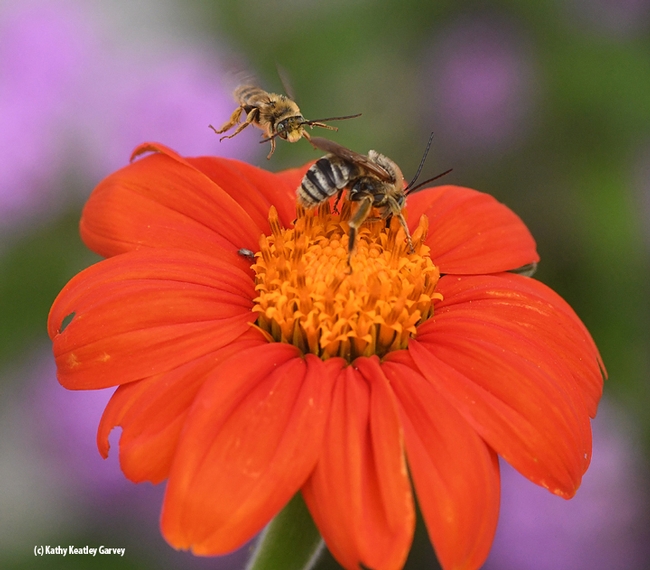
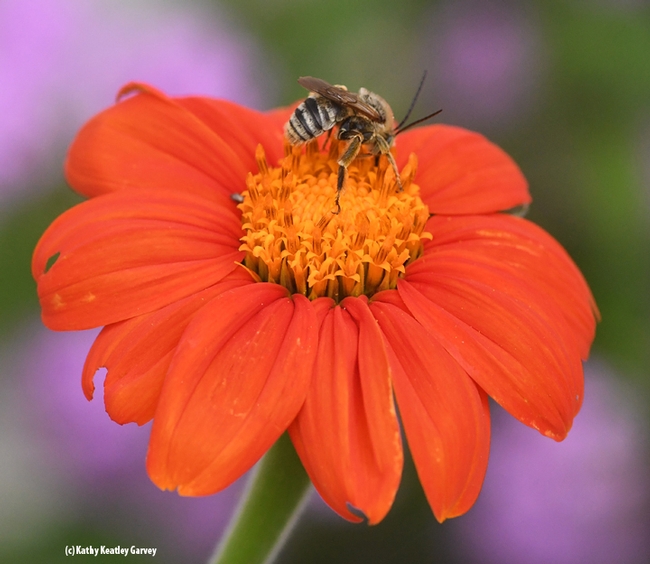
- Author: Kathy Keatley Garvey
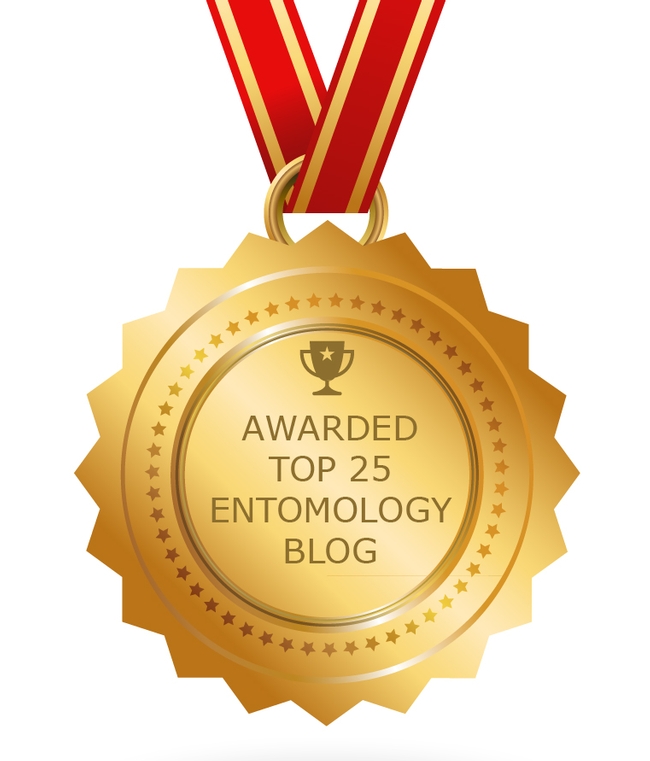
Well, no, they don't.
Some folks scream, smash them, or sprint away from them.
Other folks--including yours truly--sprint toward them, not unlike firefighters racing into a burning building while everyone else is dashing out.
So it's gratifying to see that Feedspot.com has just published a list of the top 25 entomology blogs worldwide. All in one place. Bug lovers, unite!
Founder Anuj Agarwal says the blogs are ranked based on the following criteria:
- Google reputation and Google search ranking
- Influence and popularity on Facebook, twitter and other social media sites
- Quality and consistency of posts.
- Feedspot's editorial team and expert review
"The best entomology blogs," Agarwal told us, "are from thousands of entomology blogs in our index using search and social metrics. We've carefully selected these websites because they are actively working to educate, inspire, and empower their readers with frequent updates and high-quality information."
Feedspot, based in the United States, is a "News and blog reader used by over one million users," Agarwal related. "Globally. it's a place where users can read all their favorite websites in one place." The Feedspot editorial team "extensively searched on Google and social media websites to find the best entomology blogs and ranked them," based on several factors such as:
- Blog content quality
- Post consistency
- Age of the blog
- Average number of shares on social sites for your blog posts
- Traffic of your blog and more.
This blog, Bug Squad, which I've written for 10 years every night, Monday through Friday on the University of California Agriculture and Natural Resources (UC ANR) website, landed on the list as No. 12. Wasn't expecting that! (As an aside, I've never missed a night of posting, even on holidays and vacations.)
Which blog is No. 1? Entomology Today, published by the 7000-member Entomological Society of America.
Note that Feedspot Entomology currently lists the top 24 entomology blogs instead of the top 25, which is why this (list) below is missing one.
The list, along with the links:
- Entomology Today The Entomological Society of America (ESA) is the largest organization in the world serving the professional and scientific needs of entomologists and people in related disciplines
- What's That Bug? - Are we experts yet? In this blog you can send entries for bug identification. Get information about various kinds of bug around the world and more in this blog
- Catalogue of Organisms An entomologist and taxonomist, currently based in Perth, Western Australia
- Bug of the Week Written by "The Bug Guy," Michael J. Raupp, professor of entomology at the University of Maryland
- Bug Eric Get all information about insects, spiders, and other arthropods, focusing on North America north of Mexico. This is by Eric Eaton, principal author of Kaufman Field Guide to Insects of North America.
- Reddit | Entomology Find the latest news and information about entomology from Reddit.
- Reddit | Bug identification! Find information about all your bug identification needs, whether that be insects, spiders, crustaceans, or whatnot!
- The Jentsch Lab Find information about insect biology, ecology, and management in hudson valley agricultural commodities in this blog. The Jentsch is Peter Jentsch, senior Extension associate
- What's Crawling in the Lab? | Insect Diagnostic Lab | Department of Entomology Patrick (PJ) Liesch, the director of the University of Wisconsin-Madison Insect Diagnostic Lab, gives information about the ecology of bees and other pollinators, and the mechanisms by which they provide the invaluable service of pollination.
- Angler's Entomology Podcast A podcast about re-discovering fly fishing entomology. "We will review the major groups of aquatic insects - both relevant facts for fly fshing, but also interesting twists that make these critters fascinating."
- Blogs from the Natural History Museum | Entomology Blogs from the Natural History Museum | Entomology
- Bug Squad | Agriculture and Natural Resources Blogs This is a blog that appears on the University of California Agriculture and Natural Resources website. It's about the wonderful world of insects and the people who study them. (Text and photos by Kathy Keatley Garvey of the Department of Entomology and Nematology, University of California, Davis)
- Ask an Entomologist In this blog, "you can ask any questions related to entomology or bugs or insects, together we tackle your hardest questions about insects, their biology, ecology, physiology, or whatever else your beautiful and curious mind wants to know."
- Pensoft blog | Entomology Find information about entomology from this blog
- Buglife Buglife is billed as "the only organization in Europe devoted to the conservation of all invertebrates everything from bees to beetles, and spiders to snails."
- MYRMECOS – Little Things Matter A personal blog by entomologist and photographer Alex Wild (Alex Wild is the curator of entomology at the University of Texas, Austin, and holds a doctorate in entomology from the University of California, Davis, where he studied with Phil Ward)
- Wild About Ants Roberta Gibson is an entomologist and writer/blogger. She holds a master's degree in Entomology from Cornell University where she studied carpenter ants.
-
Beetles In The Bush Get all information about experiences and reflections of a Missouri entomologist
- Entomological Society of Canada The Entomological Society of Canada promotes research and disseminates knowledge about insects. Its flagship journal is The Canadian Entomologist (TCE).
- The Academy of Natural Sciences | Entomology Find information about entomology or insects from this blog.
- MObugs Get updates about Missouri entomology or insects and more by Shelly Cox.
-
FOCUS on Entomology Get all news about agricultural entomology from the Texas A&M AgriLife Research and Extension Center at Lubbock.
- Insects Unlocked Insects Unlocked (directed by Alex Wild) is a public domain project from The University of Texas at Austin's Insect Collection. Background: "In 2015, our team of student and community volunteers crowd-funded a campaign to create thousands of open, copyright-free images. From more than 200 small contributions, we built an insect photography field kit and photo studio. This website holds discussions of the small animals we encounter, updates from the project, and other entomological miscellanea."
- Mastering Entomology | Big Ideas About Little Things This site is run by the Entomology and Integrated Pest Management (IPM) students at Harper Adams University. "Get ideas about bugs or insects and more from this blog."
- (Currently not listed)
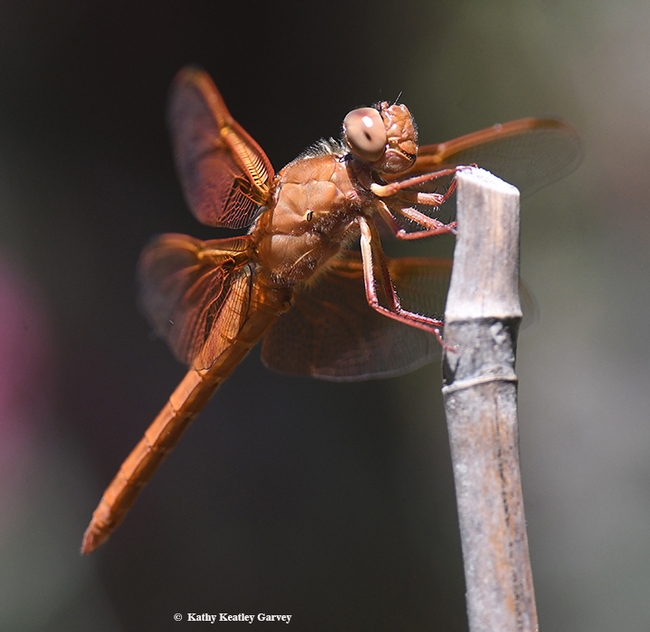
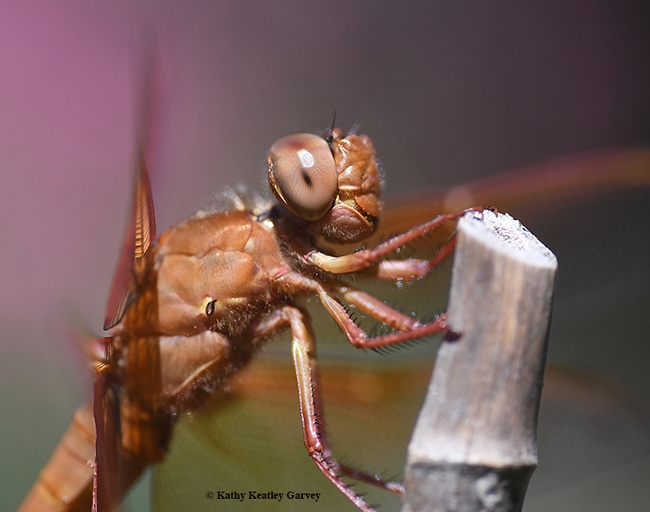
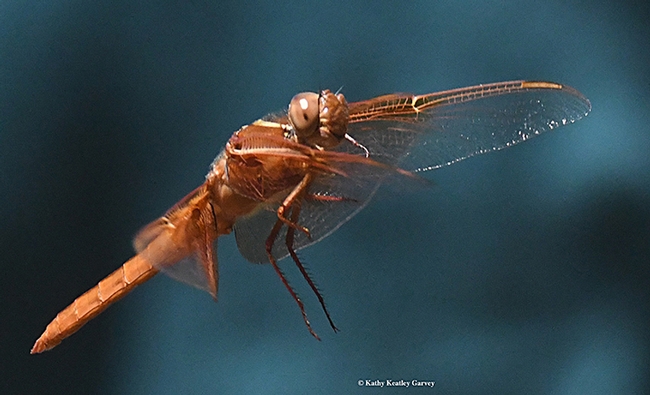
- Author: Kathy Keatley Garvey
What's better than a yellow-faced bumble bee (Bombus vosnesenskii) on yellow mustard?
Not much. Both are signs of early spring.
Mustard is popping up all over, along with oxalyis and wild radish. The earth is warming. Spring is here. Get ready.
In the University of California book, California Bees and Blooms: Guide for Gardeners and Naturalists, the authors write that B. vosnesenskii and B. melanopygus "are considered spring bees because that is when their population is highest, tailing off in numbers the rest of the year."
The book is the work of Gordon Frankie, UC Berkeley entomology professor; Robbin Thorp, distinguished emeritus professor of entomology at UC Davis; photographer and entomologist Rollin Coville (he received his doctorate from UC Berkeley), and botanist Barbara Ertter, also affiliated with UC Berkeley.
Be sure to check out their companion pocket guide on the UC ANR website. It's titled Common Bees in California Gardens. It will help you identify 24 of the most common bees found in urban gardens and landscapes. That's 24 out of nearly 1600 species of native bees found in the Golden State.
Yellow-faced bumble bee, yellow mustard, Golden State....Life is good...
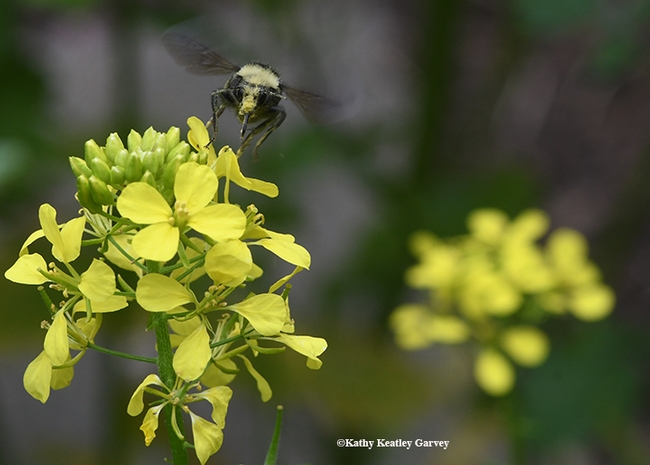
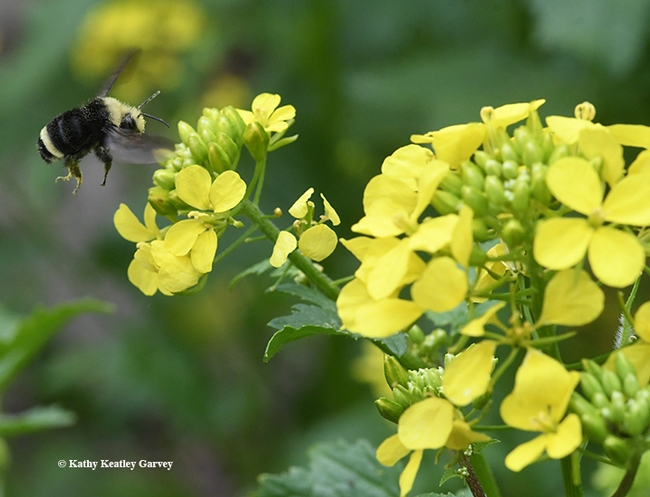
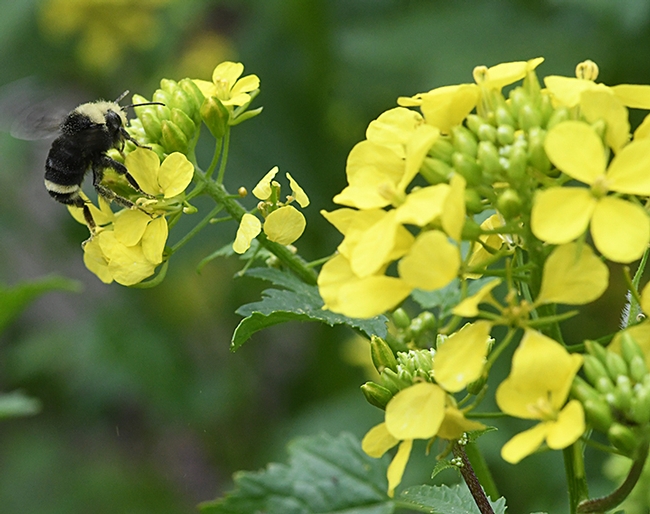
- Author: Kathy Keatley Garvey
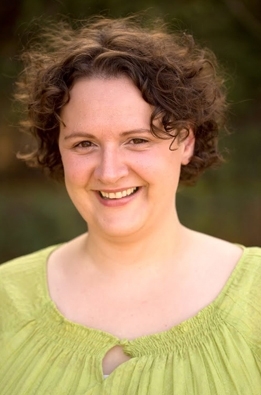
Congratulations to the California Master Beekeeper Program, the newly announced recipient of a $199,949 grant from the UC Agricultural and Natural Resources through its 2017 Competitive Grants Program.
California Extension apiculturist Elina Lastro Niño, based at the UC Davis Department of Entomology and Nematology, is the principal investigator of the grant, titled "The California Master Beekeeper Program: Development of a Continuous Train-the-Trainer Education Effort for California Beekeepers."
The California Master Beekeeping Program uses science-based information to educate stewards and ambassadors for honey bees and beekeeping.
"Honey bees are arguably the most important managed pollinator and are used as the primary pollinator for over 30 crops in California many of which are considered specialty crops such as almonds," wrote Niño in her successful grant application. "Therefore, the food security of our state and our nation depends largely on robust and healthy honey bee populations. However, in recent years, U.S. beekeepers have been reporting annual colony losses of up to 45 percent. These losses are attributed to many pathogens and pests associated with bees, as well as pesticide exposure and lack of access to plentiful and diverse forage."
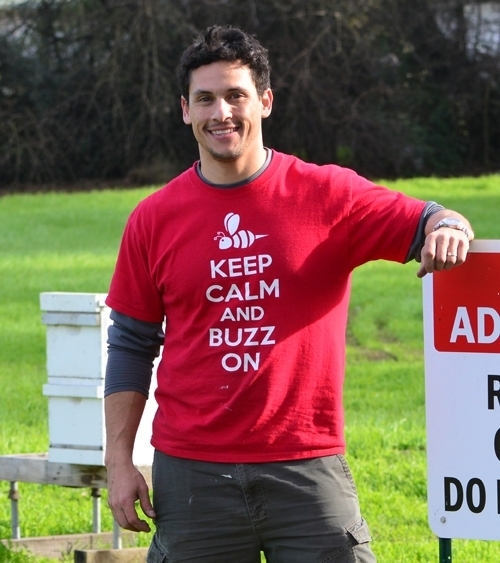
Niño noted that "Development of these educational opportunities will help minimize potentially disastrous consequences, such as increased pest and pathogen transfer or spread of Africanized bees which are considered a public-health risk, due to lack of understanding of proper honey bee husbandry. To fulfill this need we established the first-ever California Master Beekeeper Program which provides California-centric, contemporary, research-based training in apiculture."
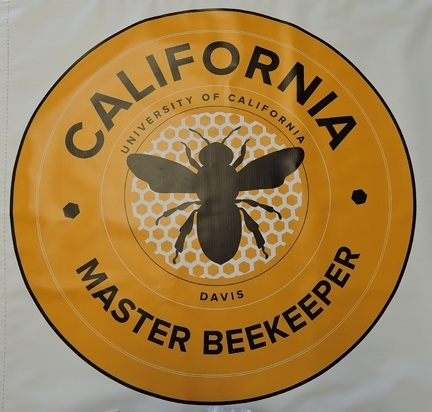
Currently, the program is overseen by an advisory committee consisting of UCCE specialists and advisers, Department of Entomology and Nematology research staff, the UC Davis Honey and Pollination Center staff at the Robert Mondavi Institute for Wine and Food Science, California beekeepers, and other apiculture specialists.
This program will establish UCCE and the Department of Entomology and Nematology (chaired by Professor Steve Nadler) in partnership with the Honey and Pollination Center (directed by Amina Harris) as a center of excellence in apiculture.
That's wonderful news!
"Most importantly," as Niño wrote, "members of the program will serve as knowledgeable ambassadors that will disseminate science-based information about the importance of honey bees, preserving bee health and responsible beekeeping."
